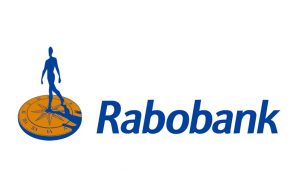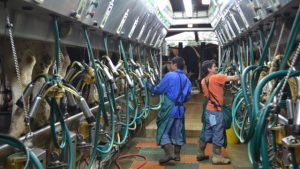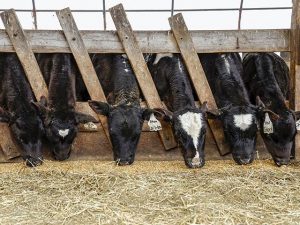
That has been abundantly apparent with the rise and fall of the milk market in the past year. Panelists on the February 17 Hoard’s Dairyman DairyLivestream discussed a few of these alterations in risk assessment and advised dairy farmers to regularly evaluate their finances, make adjustments when needed, and steer clear of recency bias.
“The title of the webinar is ‘How are we evaluating farm loans these days?’
“The answer is the same way that we always have,” explained Sam Miller, who is the managing director of agricultural banking at BMO Harris Bank. He outlined a few of the key metrics they evaluate before granting loans including the operation’s core strengths, balance sheet, profitability, cash flow, liquidity, price risk management, and the industry forecast.
Miller suggested farms should keep a keen eye on their financial health by monitoring volatility and its impact on the individual operation. “The volatility and uncertainty that we experienced last year is off the chart. You have to really look at what the scenario plans are and what are the sensitivity analysis in evaluating the forecast and what people are planning to do. Using a 5- or 10-year average on milk price just doesn’t cut it,” he detailed.
Still requires nimbleness
“To me the biggest addition to what Sam said, is the speed at which things change and the speed at which managers have to adjust has gone off the charts. You can no longer wait until year end to pull the numbers to see how you did,” explained Farm Credit East’s Roger Murray.
“You have to know every month what you’re doing, feed costs, and adjust to the market conditions,” continued the 30-year veteran.
That level of nimbleness must come from the farmer, but Murray also recommends building a team of advisers that are just as agile and up to date on dairy markets. It could include the veterinarian, nutritionist, and financial advisers to name a few.
“The other thing that I would say is be aware of your own cognitive biases when you’re looking at these risks,” said Cornell’s Chris Wolf. “There’s a tendency for all of us to overreact to small risks and ignore bigger ones that are more out there and more likely. If we’re thinking about making investments, be sure to sharpen that pencil and assess the risk appropriately.”
An ongoing series of events
The next broadcast of DairyLivestream will be on Wednesday, March 3 at 11 a.m. CST. Each episode is designed for panelists to answer over 30 minutes of audience questions. If you haven’t joined a DairyLivestream broadcast yet, register here. Registering once registers you for all future events.























